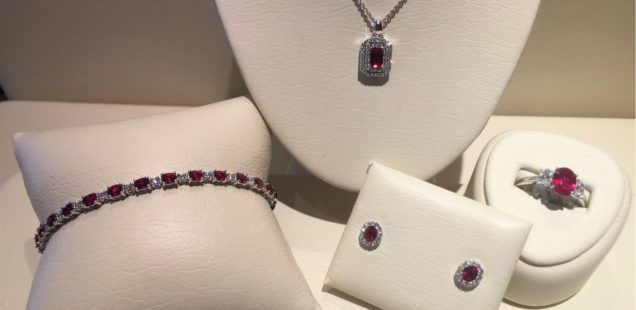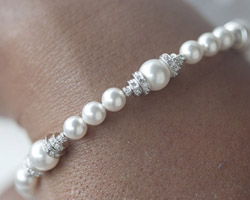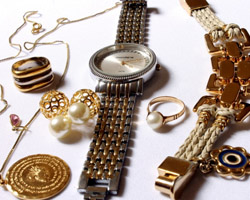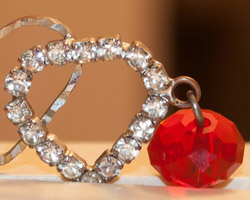
Ruby Buying Guide | Schwanke-Kasten Jewelers
As Schwanke-Kasten Jewelers welcomes in the beautiful month of July, we want to share a ruby buying guide. Although completely different in appearance, the ruby shares many similarities with a diamond. One, is the hardness. While the diamond ranks in at the top of the Mohs scale of mineral hardness with a 10, the ruby comes in at a 9. In addition to hardness, the ruby is also graded similarly to a diamond taking into consideration it’s “four C’s” of color, cut, clarity and carat weight.
A Ruby Buying Guide
With the ruby, the most important factor is the COLOR. The perfect ruby will have an even color of red that is pure, vibrant, and deep; not too light or dark.
When looking at a ruby’s CLARITY, it is important to note that finding a completely inclusion-free stone is practically impossible. And like diamonds, the visibility of inclusions effects the value of the ruby as these can greatly reduce the transparency, brilliance and even the durability.
Jewelers use rubies in rings, bracelets, pendants and earrings because of their durability. The common CUTS used for rubies are round brilliant, oval and cushion.
Lastly, the CARAT weight will finally determine the value of the ruby. With all things equal, when the size of the stone increases, so does the ruby’s value.
Some fun facts about rubies are:
- Although considered the birthstone for July, traditionally rubies mark a couples’ 45th
- Designer, Roberto Coin, hides a synthetic ruby stone in every piece of his jewelry collection. Roberto, the romantic Italian jewelry designer from Italy, follows ancient folklore that wearing a ruby close to the skin promotes long life, health and happiness, and even today it’s believed to possess these magic powers including the ability to give peace. Read more here
- Rubies are one of the five cardinal stones; the others being amethysts, diamonds, emeralds, and sapphires. In fact, Macedonia is the only country in modern Europe that has uncovered natural rubies. Southeast Asia, specifically Burma, is a particularly exceptional producer of beautiful rubies.
Stop by Schwanke-Kasten Jewelers to speak with one of our on-site GIA certified gemologists.


